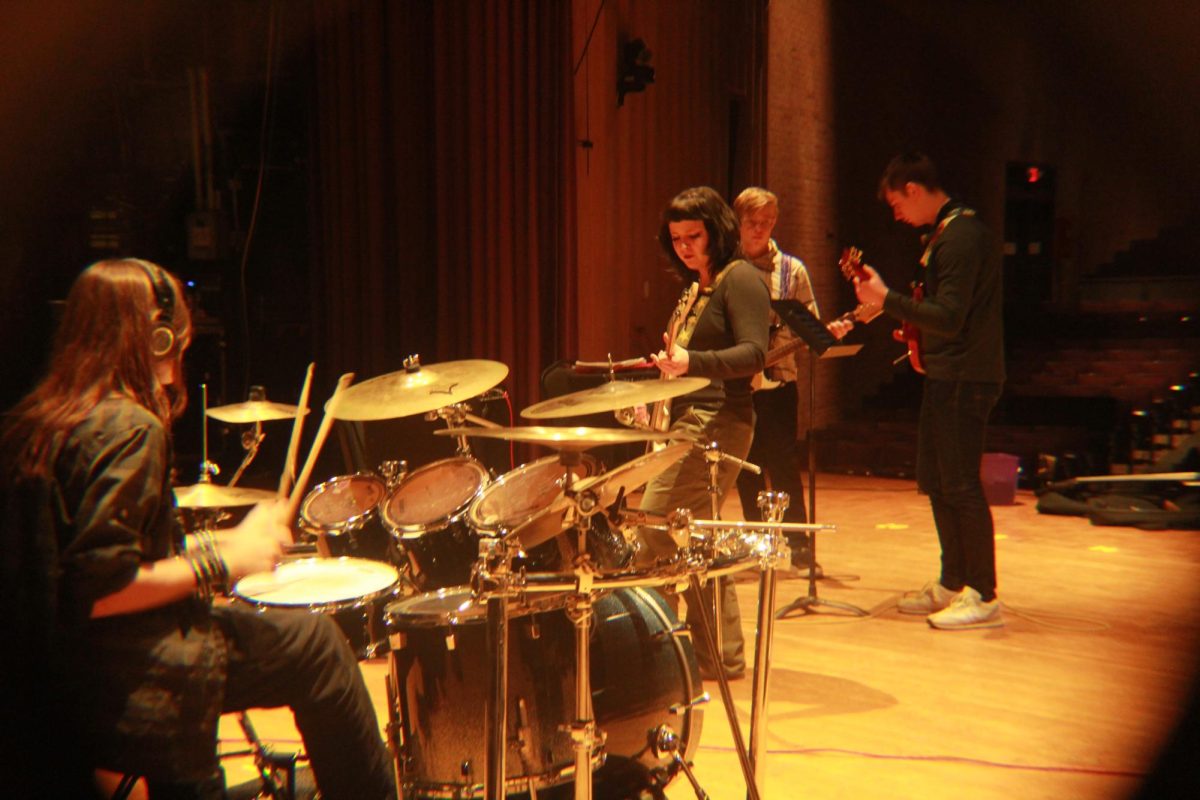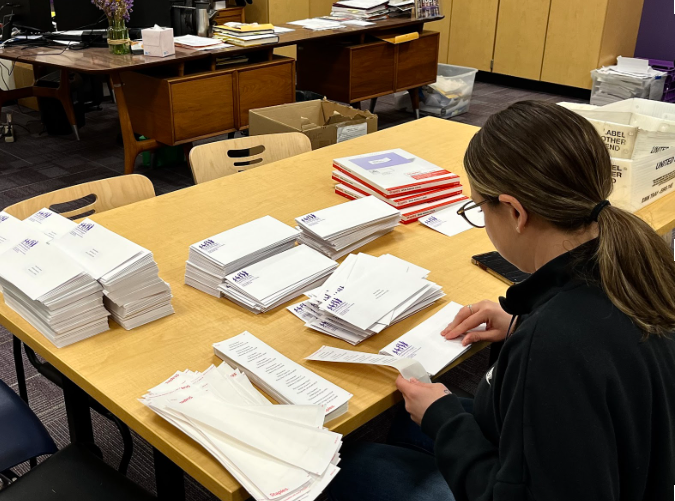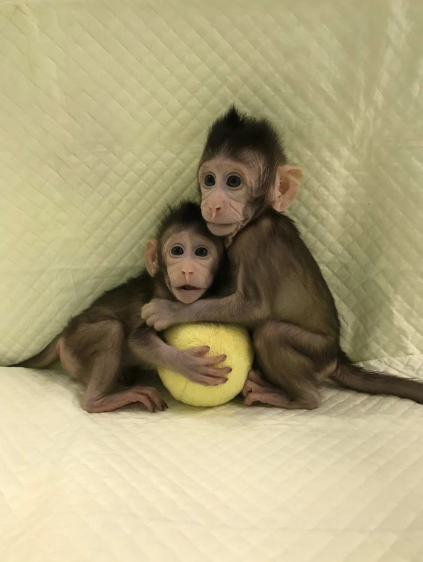The Dolly Sheep made headlines years ago. News sources buzzing and the scientific community rejoicing about the first successfully cloned mammal from a somatic cell using nuclear transfer. Somatic cell nuclear transfer is when the cell nucleus from an adult cell is transferred into an unfertilized oocyte that has had its cell nucleus removed. The hybrid cell is then stimulated to divide by an electric shock, and when it develops into a blastocyst it is implanted in a surrogate mother.
Dolly also managed to have offspring, producing six lambs named Bonnie, Sally, Rosie, Lucy, Darcy and Cotton.
However, there have been even more cloning developments in the scientific community in China. Chinese scientists have taken the processes that made Dolly the Sheep and applied it to monkey’s, breaking another technical barrier that lets us closer to cloning humans.
Zhong Zhong and Hua Hua are two identical long-tailed macaques, making them the first primates to be cloned from a non embryonic cell.
Researchers at the Chinese Academy of Sciences Institute of Neuroscience in Shang Hai and their work will make it possible to study diseases in genetically identical monkeys. It also brings us closer to being able to clone ourselves.
Genetically identical animals are useful for research because factors caused by genetic variability can make experiments more difficult than it needs to be. They could be used to test a new range of clinical drugs before use.
Even so, the success rate is low and the technique worked only when the nuclei were transferred from fetal cells rather than adult ones. It took 127 eggs to produce two live macaque births.
Robin Lovell-Badge, a cloning expert at Francis Crick Institute in London called it “inefficient and hazardous” in an interview with Reuters. Lovell-Badge was not involved in the Chinese Work.
“The work in this paper is not a stepping stone to establishing method for obtaining live born human clones,” he says. “This clearly remains a very foolish thing to attempt.”
Scientists at the Shang Hai institute claimed that they followed the international guidelines for animal research, but the study still called for debate on what should and should not be acceptable practice for primate cloning.

































